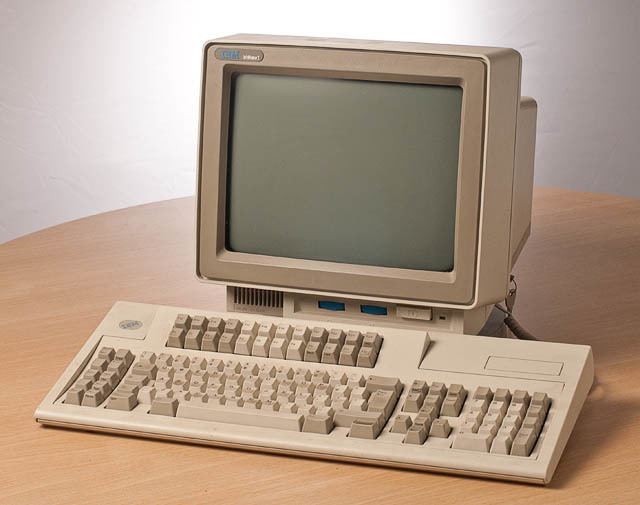 | ||
IBM 5250 is a family of block-oriented terminals originally introduced with the IBM System/34 midrange computer systems in 1977. It also connects to the later System/36, System/38, and AS/400 and System i systems, and to IBM Power Systems systems running IBM i.
Contents
Components
5250 devices can be directly attached to the host or communicate remotely using Synchronous Data Link Control (SDLC) at up to 9600bit/s. Devices can also be clustered or daisy-chained.
In 1978 the 5250 system consisted of the following components:
5251/5252 format control
Field attributes also define the type of data the operator can enter into a field, and specify other control information for the field.
Historical origins
The 5250 is a block-oriented terminal similar to the IBM 3270 but is not compatible with the 3270. Robustly constructed, 5251 terminals weigh roughly 36 kilograms (79 lb). The devices generate an audible clicking sound as the user types, similar to the electric typewriters of the era.
The 5250 data stream definition has been refined over time to include GUI elements such as pop-up windowing, check and option boxes, mouse handling, and pull-down menus. The term "5250" now refers to the data stream itself. Few physical 5250 terminals with their bulky twinax cables still exist, although they are occasionally still used to provide a "connection of last resort," hard-wired to the host computer. Today, it is more common to use PC or web-based terminal emulation packages that can interpret and display 5250 data streams.
Telnet 5250
Telnet 5250, or TN5250 describes either the process of sending and receiving 5250 data streams using the Telnet protocol or the software that emulates a 5250 class terminal communication via that process. TN5250 allows a 5250 terminal emulator to communicate over a TCP/IP network instead of an SNA network. Standard telnet clients cannot be used as a substitute for TN5250 clients, as they use a different data stream format.
